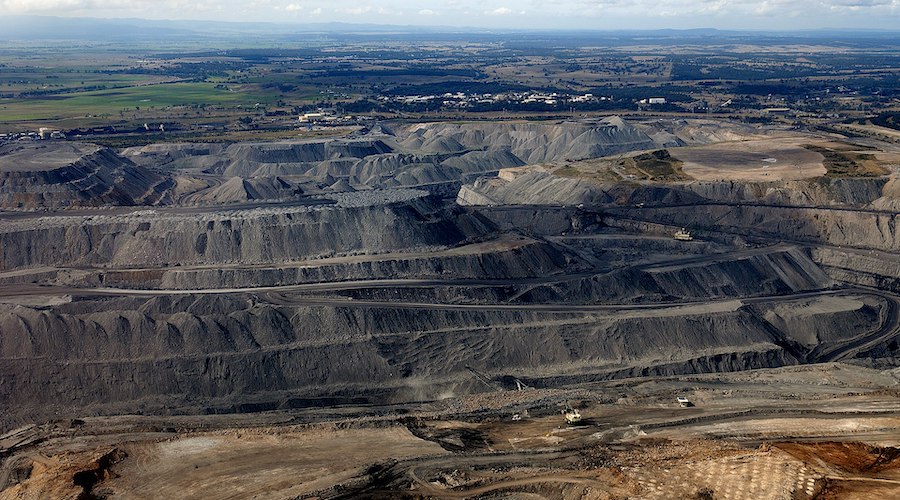Bloomberg News | November 29, 2022

Open-cut coal mine in Australia’s Hunter Valley. (Reference image by Max Phillips, Wikimedia Commons.)
If 15 planned coal mining projects in Australia enter operation they would boost the country’s methane emissions from the dirtiest fossil fuel by nearly a fifth, according to an analysis from energy think tank Ember.

Australia’s coal mines already cause more planetary warming in a typical year than emissions from all the country’s cars. The new projects were previously approved but are facing fresh scrutiny under Prime Minister Anthony Albanese’s Labor coalition, which has joined the Global Methane Pledge that aims to cut global emissions of the potent greenhouse gas 30% by 2030.

Cutting emissions from coal mines is the cheapest way for Australia to significantly reduce the amount of methane it releases, a separate Ember analysis found last month. The nation’s coal mines already spew more than 1 million metric tons of methane each year, nearly a quarter of the country’s overall emissions of the gas, the group said in the new report.
The office of Environment Minister Tanya Plibersek did not respond to a request for comment.
Methane has 84 times the warming power of carbon dioxide during its first two decades in the atmosphere. Cutting emissions of the gas is a crucial test for Albanese’s Labor government, which campaigned on a promise to improve the nation’s climate standing on the world stage. In September, the government passed a law requiring a 43% cut in greenhouse gas emissions from 2005 levels by 2030 and setting a net zero goal by 2050, its first binding emissions-reduction target.
If the 15 projects being reviewed move forward they would increase Australian methane emissions from coal mines by roughly 190,000 metric tons a year, according to Ember.
In February, Australia disclosed it had revised how it calculates methane pollution from open-cut coal mines and said the change means total national emissions were on average 0.3% higher than previously stated for each year since 1990. That revision was prompted by the use of satellite data, which has improved the ability to estimate greenhouse gas emissions, the government said.
(By Aaron Clark, with assistance from James Fernyhough)
No comments:
Post a Comment